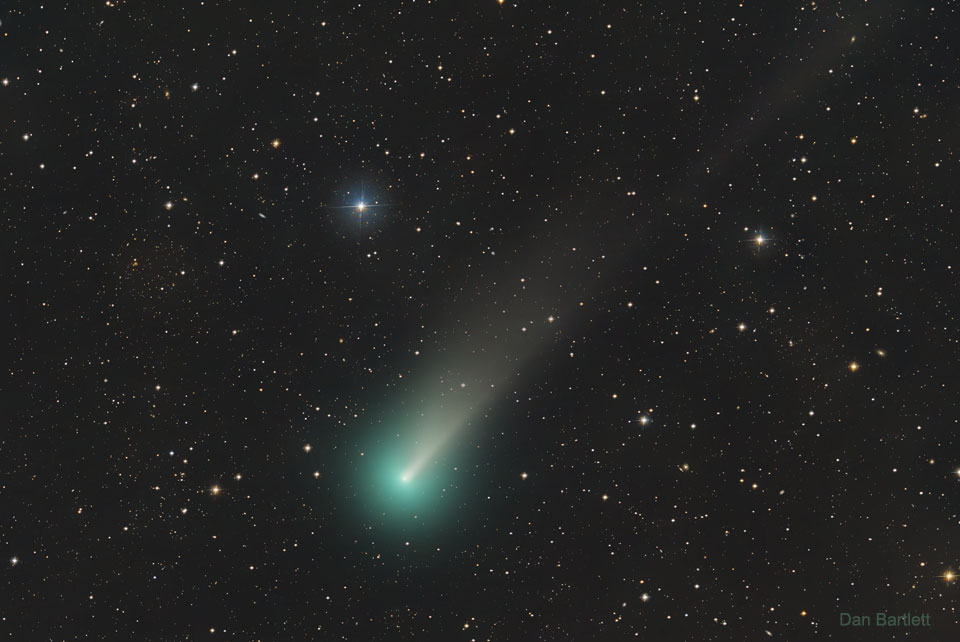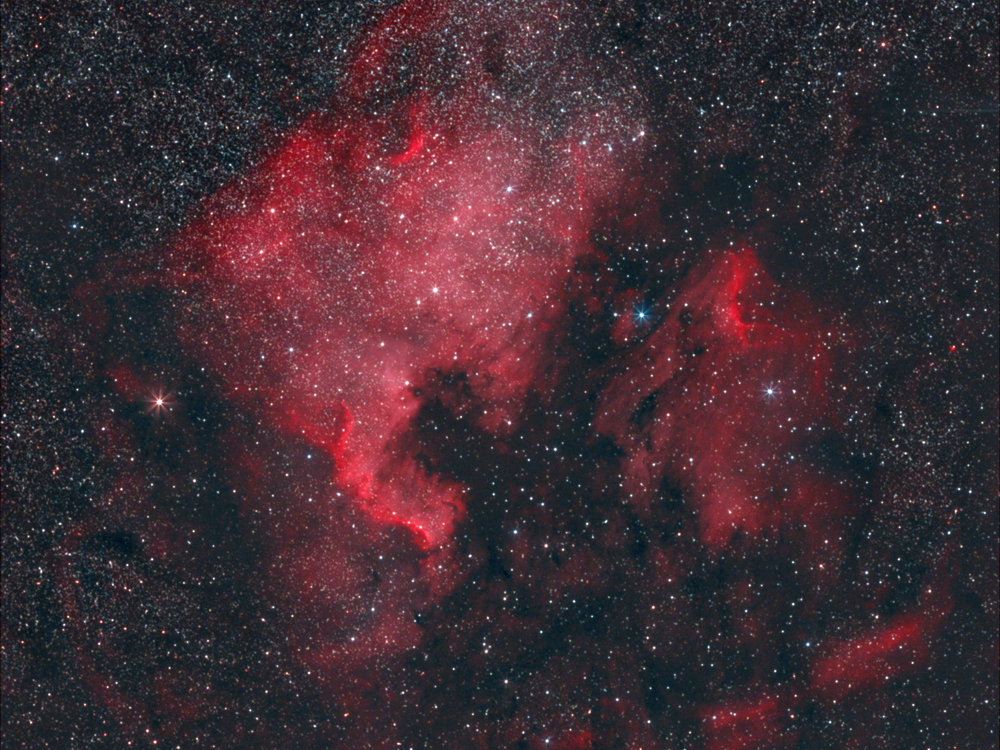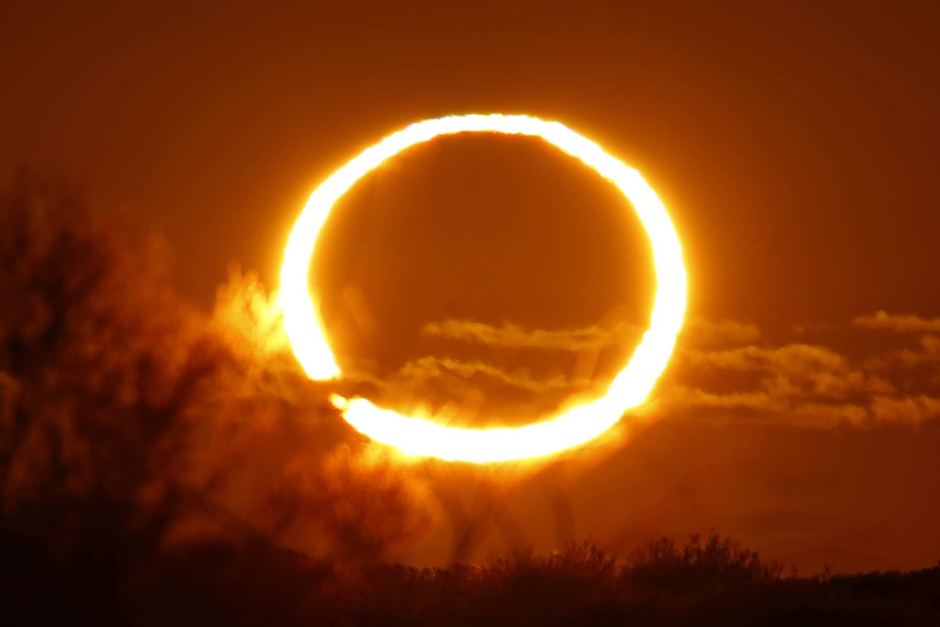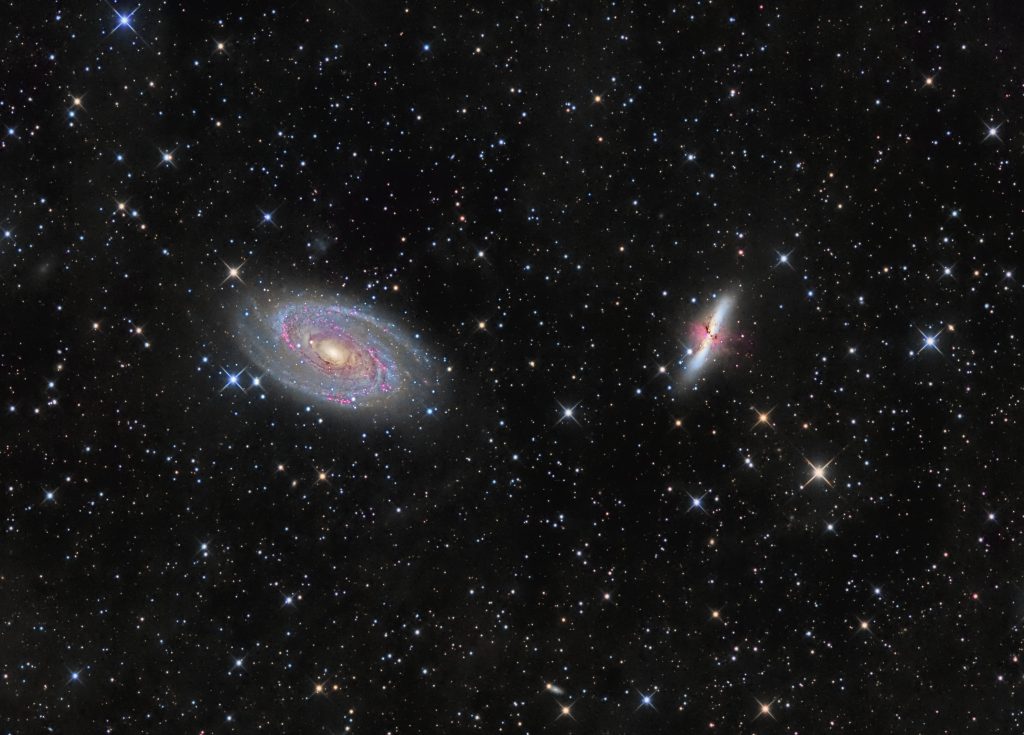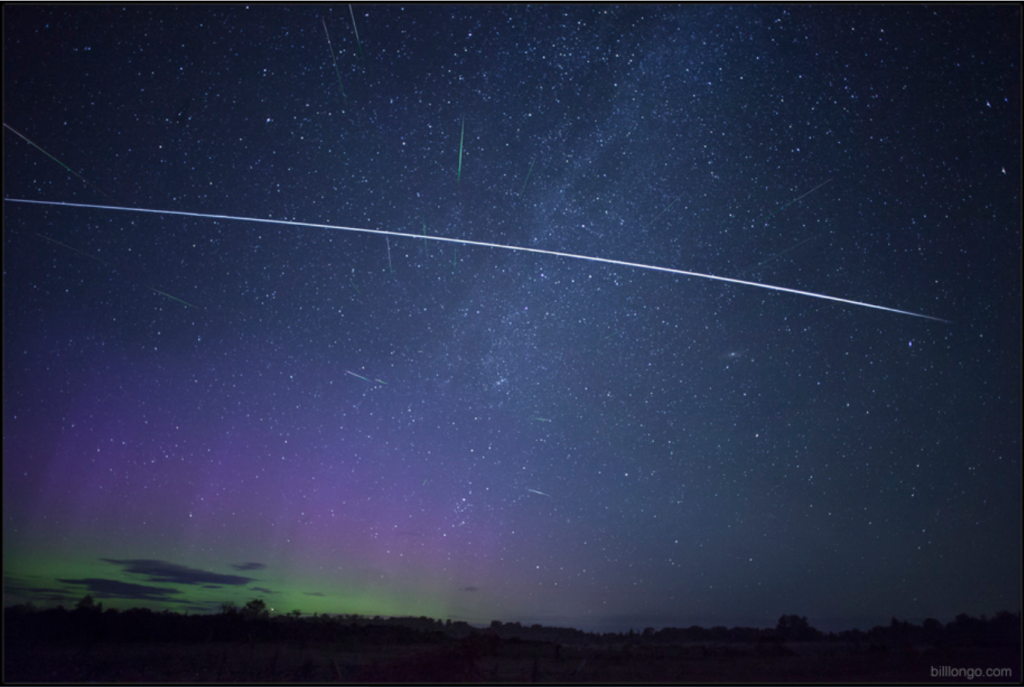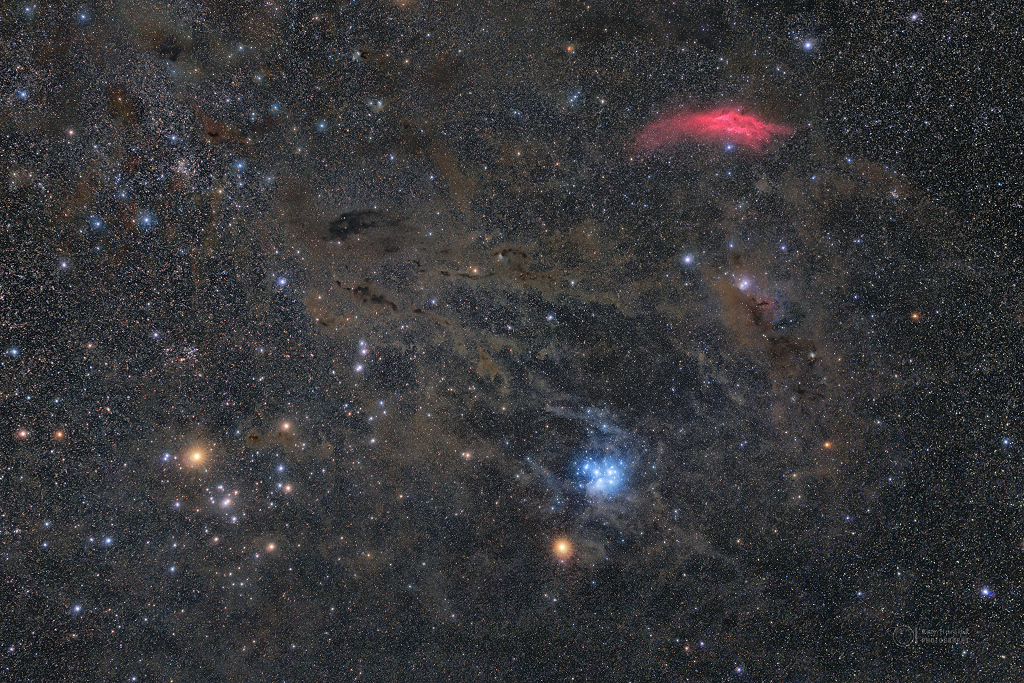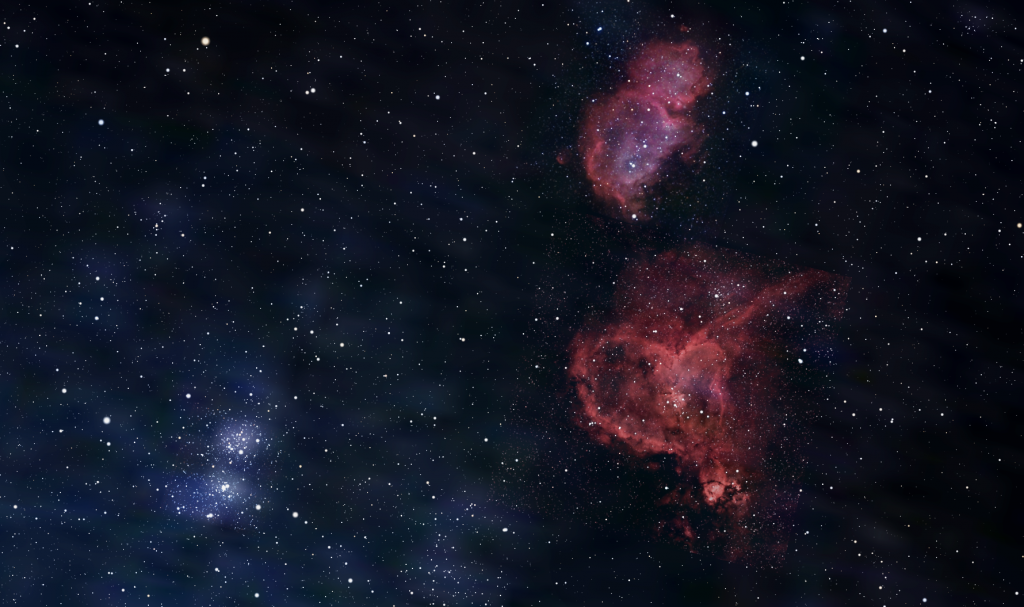The New Moon Eclipsed, Hanukkah Happens, Planets Gathered in Evening, and Night Sights in Cassiopeia and Andromeda!
This image of Comet C/2021 A1 (Leonard) was taken recently by Dan Bartlett from a dark sky site above the Eastern Sierras Mountains in California. The coma’s greenish glow should be apparent in a telescope. The dust tail may be a challenge. The image was featured as NASA’s APOD for November 21, 2021 Hello, Stargazers!…
Read more
